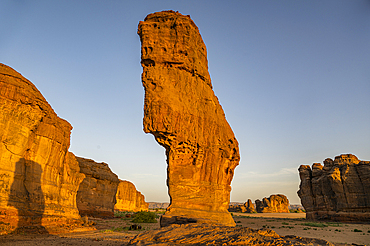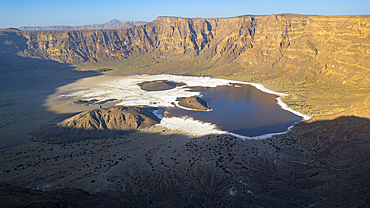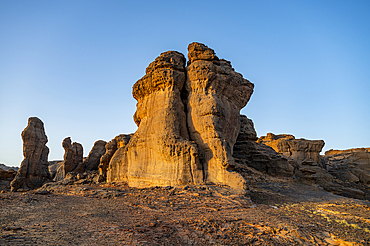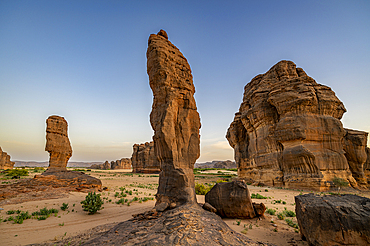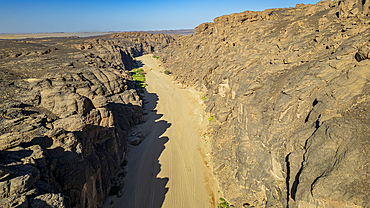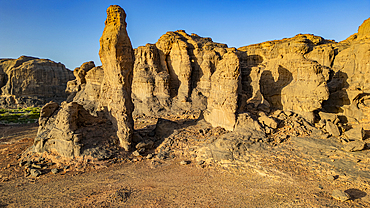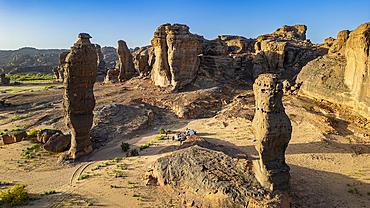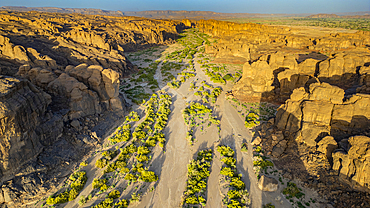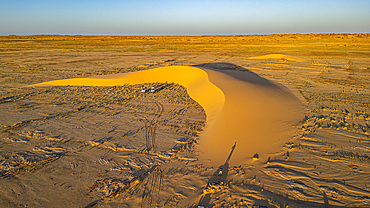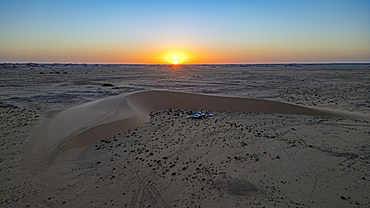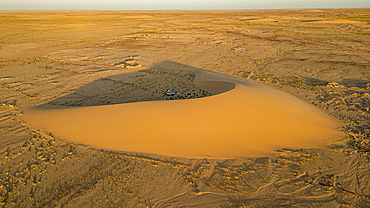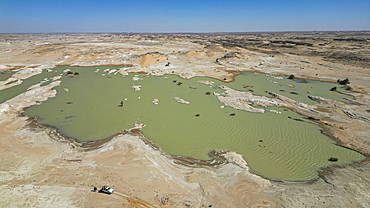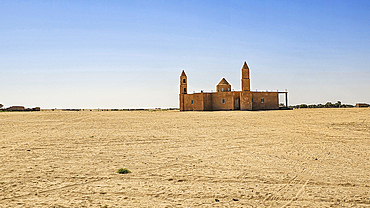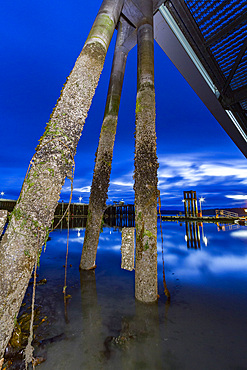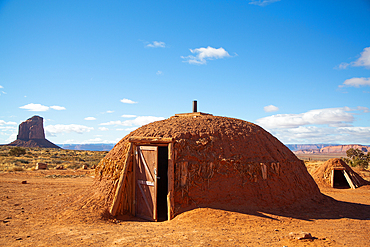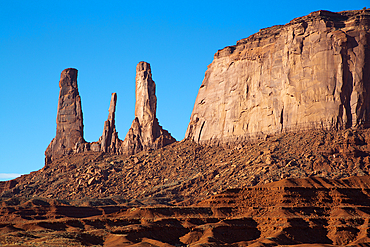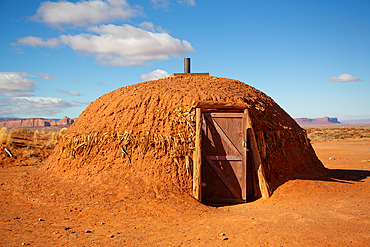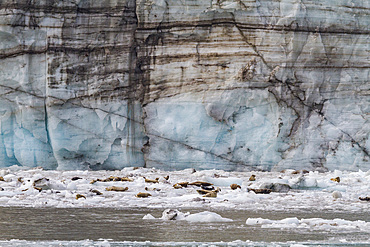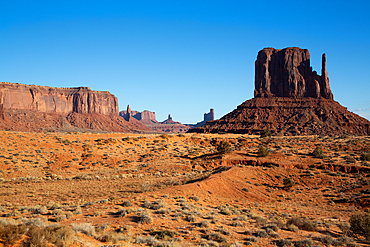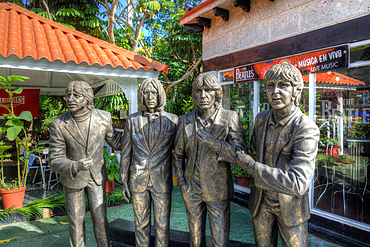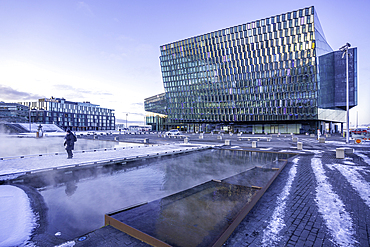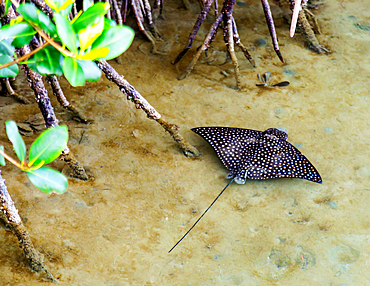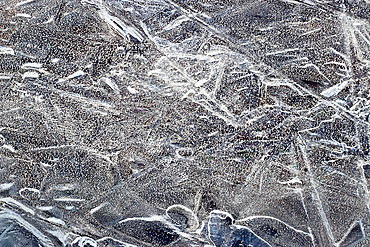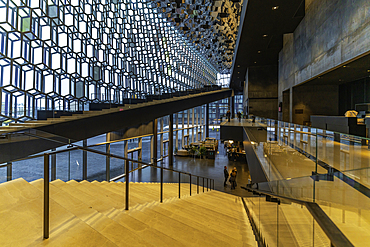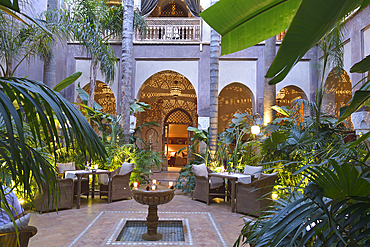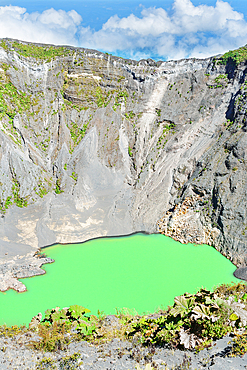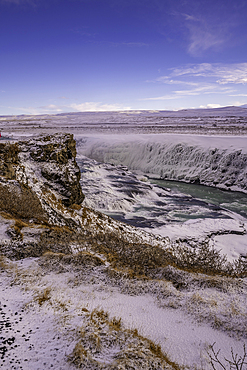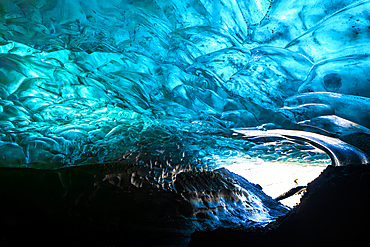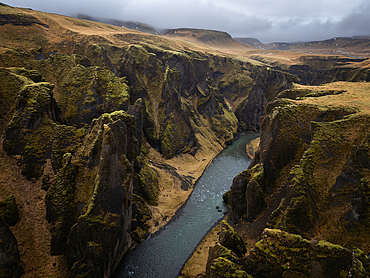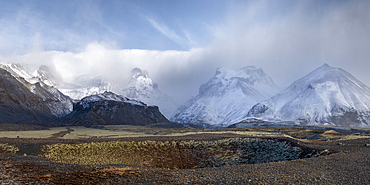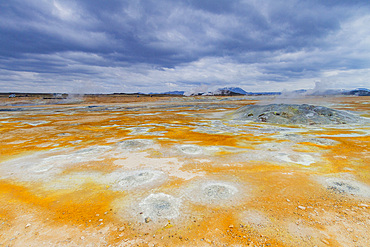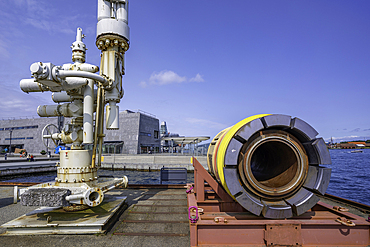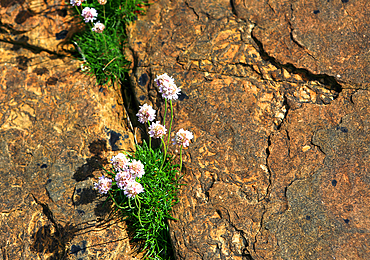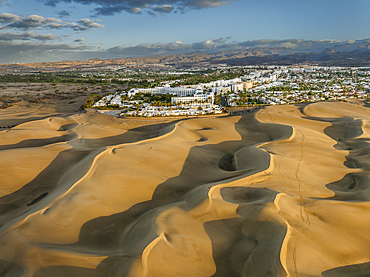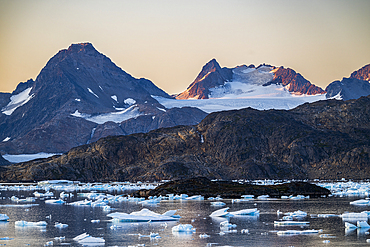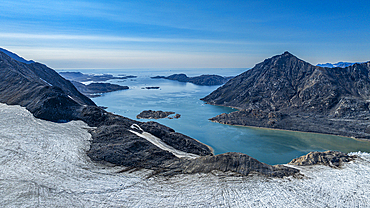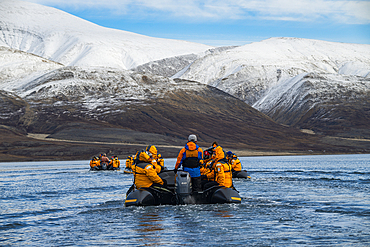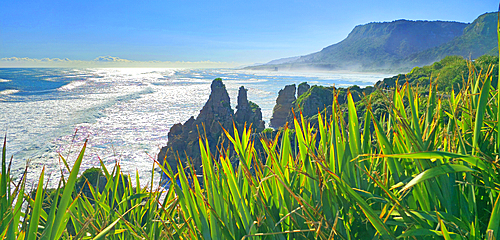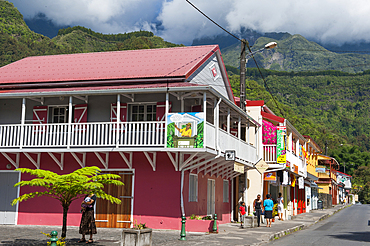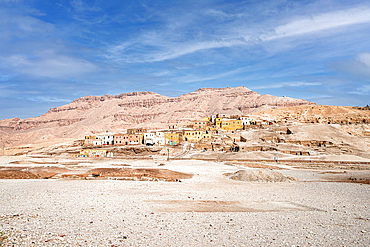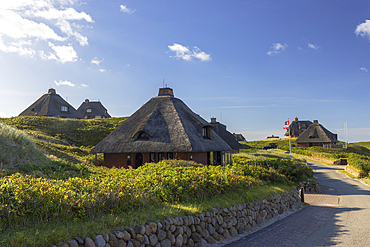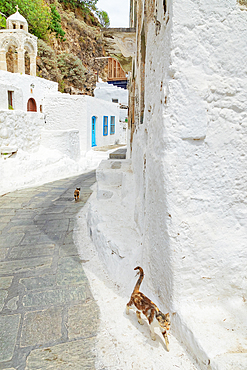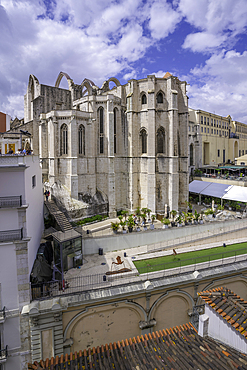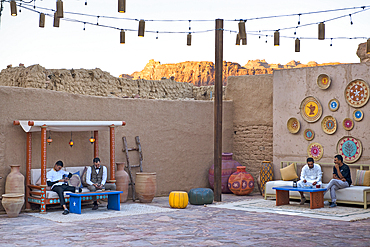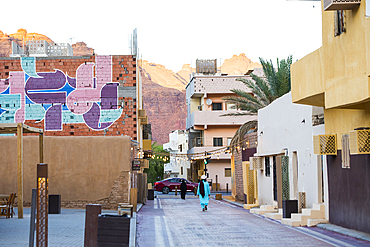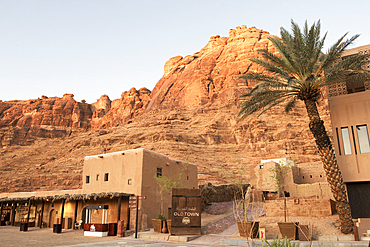Results
« Previous 1 … 3 4 5 6 7 Next »
644 results found

View of colourful buildings around Hafnarfjorour Marina reflecting in water in winter, Hafnarfjorour, Iceland
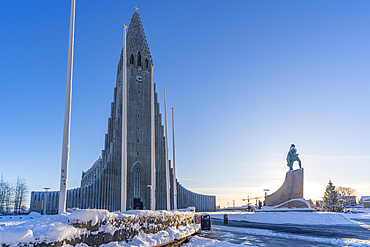
View of Skolavorduholt statue and Hallgrimskirkja Church in the city centre of Reykjavik in winter, Reykjavik, Iceland
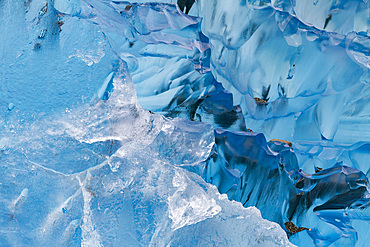
Glacial iceberg detail from ice calved off the Sawyer Glacier in Tracy Arm, Southeast Alaska, United States of America
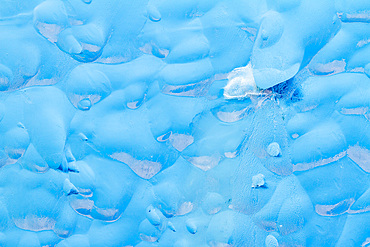
Glacial iceberg detail from ice calved off the Sawyer Glacier in Tracy Arm, Southeast Alaska, United States of America
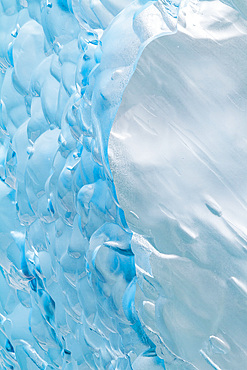
Glacial iceberg detail from ice calved off the Sawyer Glacier in Tracy Arm, Southeast Alaska, United States of America
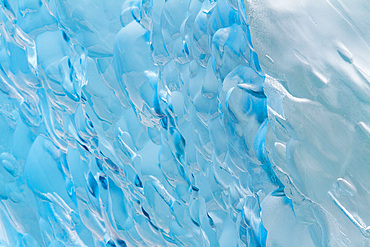
Glacial iceberg detail from ice calved off the Sawyer Glacier in Tracy Arm, Southeast Alaska, United States of America
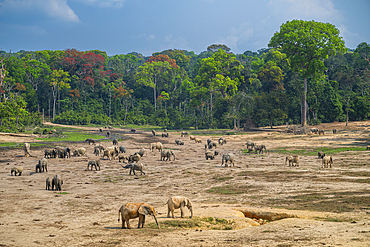
African forest elephant (Loxodonta cyclotis), Dzanga Bai, Dzanga Sangha National Park, UNESCO, Central African Republic
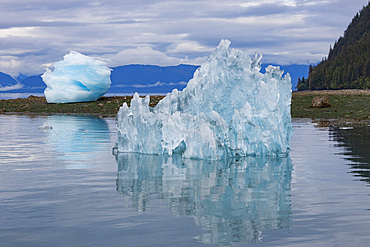
Glacial iceberg detail from ice calved off the LeConte Glacier near Petersberg, Southeast Alaska, United States of America
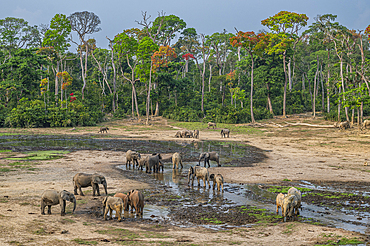
African forest elephant (Loxodonta cyclotis), Dzanga Bai, Dzanga Sangha National Park, UNESCO, Central African Republic
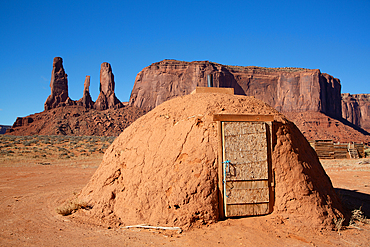
Navajo Hogan House, Three Sisters in the background, Monument Valley Navajo Tribal Park, Utah, United States of America
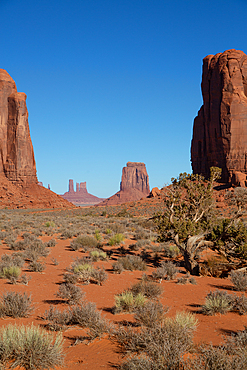
North Window, Elephant Butte on left, Cly Butte on right, Monument Valley Navajo Tribal Park, Utah, United States of America
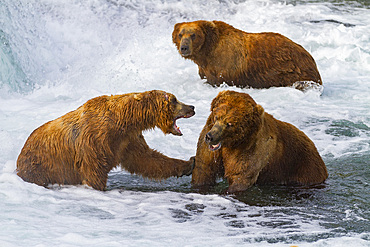
Adult brown bears (Ursus arctos) foraging for salmon at the Brooks River, Katmai National Park, Alaska, United States of America
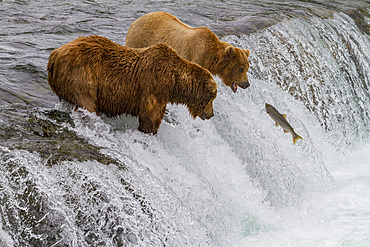
Adult brown bears (Ursus arctos) foraging for salmon at the Brooks River, Katmai National Park, Alaska, United States of America
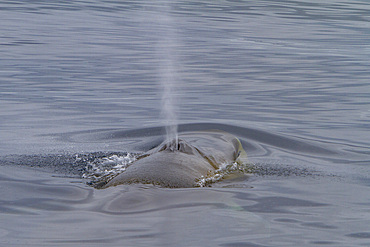
Adult fin whale (Balaenoptera physalus) sub-surface feeding in the rich waters off the Svalbard Archipelago, Norway
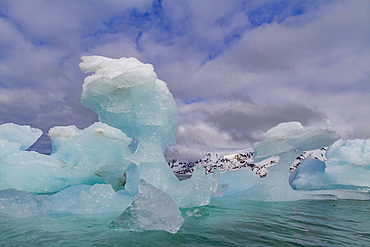
A view of Isfjorden (Ice fjord) on the western side of Spitsbergen Island in the Svalbard Archipelago, Norway
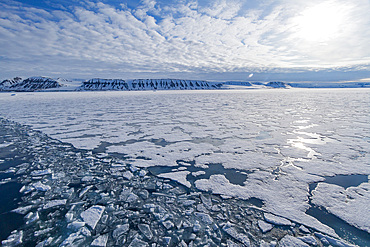
A view of Krossfjorden (Cross Fjord) on the northwestern side of Spitsbergen Island in the Svalbard Archipelago, Norway
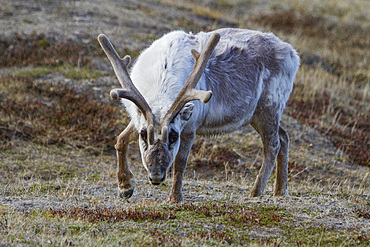
Adult Svalbard reindeer (Rangifer tarandus platyrhynchus) grazing within the town limits of Longyearbyen, Svalbard, Norway
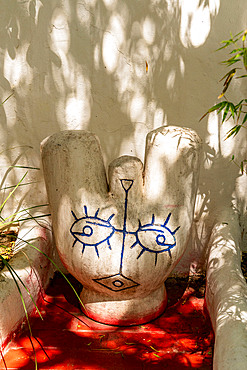
Views of the iconic Casa Pueblo art gallery and exclusive holiday resort, Punta Ballena, near Punta del Este, Uruguay
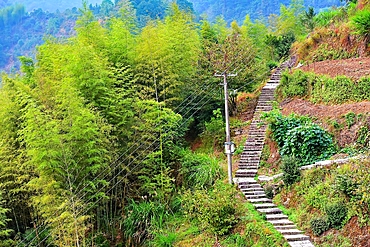
Steps on the hillside of picturesque Shanxiabao village, 800 years old, Wuyi County, Jinhua City, Zhejiang Province, China
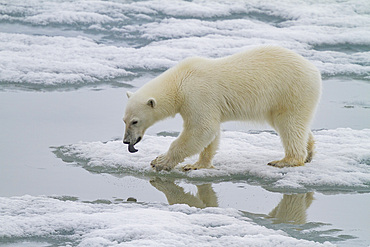
A curious young polar bear (Ursus maritimus), approaches the ship on Spitsbergen in the Svalbard Archipelago, Norway
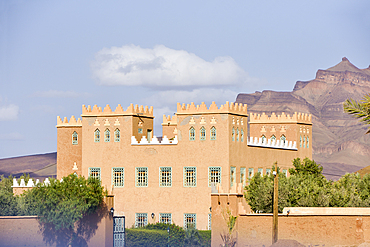
House at the foot of Djebel Kissane, near Agdz, Mount Kissane (Jbel Kissane), Draa-Tafilet region, Morocco
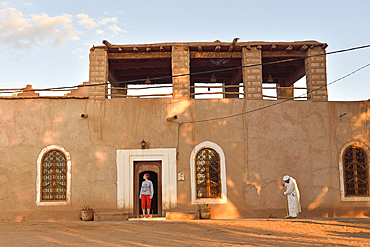
Casa Juan, guesthouse at Ait Isfoul, Nesrate village on edge of Sahara desert, Draa River valley, Province of Zagora, Region Draa-Tafilalet, Morocco
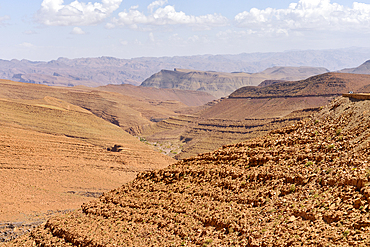
Djebel Saghro, near Tizi'n-Tinififft, on the road from Ouarzazate to Agdz, Draa-Tafilet region, Morocco
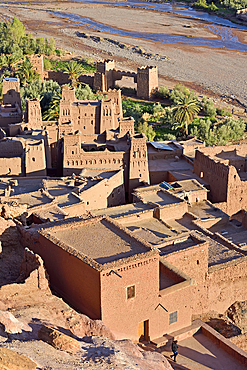
Ksar of Ait-Ben-Haddou, UNESCO, Ounila River valley, Ouarzazate Province, region of Draa-Tafilalet, Morocco
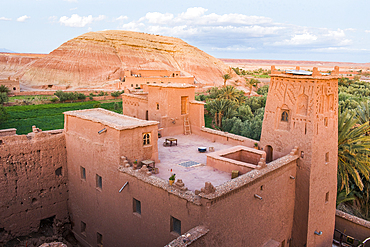
Terrace of Kasbah Tebi, guest house in Ksar of Ait-Ben-Haddou, Ounila River valley, Ouarzazate Province, region of Draa-Tafilalet, Morocco
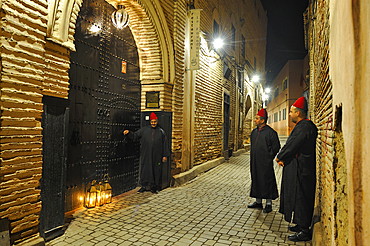
Doormen at the entrance of Le Foundouk restaurant, former caravansery, in the Medina, Marrakesh, Morocco
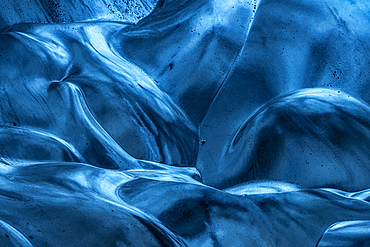
Flowing Blue Ice Wall Abstract Details, Sapphire Ice Cave, Breithamerkurjokull Glacier, Vatnajokull National Park, Iceland
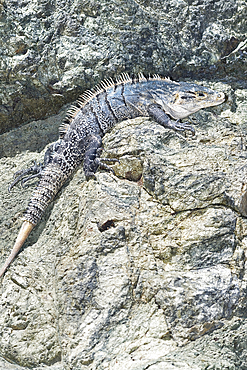
Black spiny tailed Iguana (Ctenosaur similis) crawling, Manuel Antonio National Park, Puntarenas Province, Costa Rica
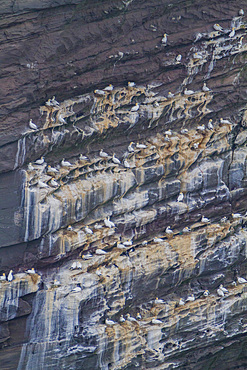
Northern gannet (Morus bassanas) breeding colony at the cliffs of Noss, Shetland Islands, Scotland, United Kingdom
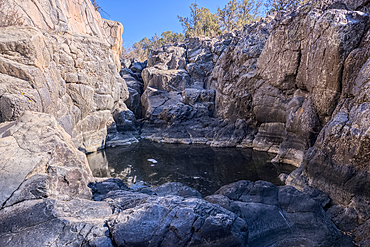
Dry waterfall cliffs, Johnson Canyon between Bainbridge Steel and Stone Dams near Ash Fork, Kaibab National Forest, Arizona, United States of America
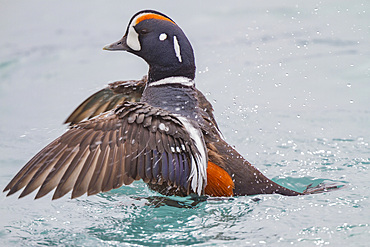
Adult harlequin duck (Histrionicus histrionicus) in full breeding plumage in the calm waters of Lake Myvatn, Iceland
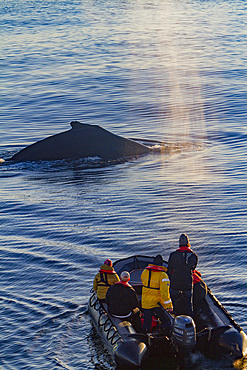
Adult humpback whale (Megaptera novaeangliae), surfacing near researchers in Zodiac at sunset, Iceland
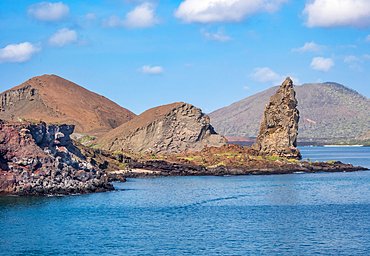
Pinnacle Rock, a volcanic plug on Bartolome Island, one of the most spectacular features of the Galapagos islands, UNESCO World Heritage Site, Ecuador, South America
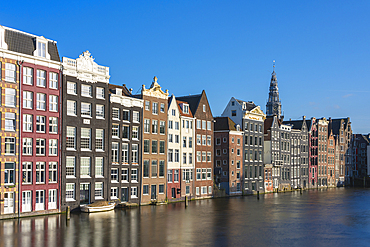
Dancing houses at Damrak and tower of Oude Kerk Amsterdam Church, Amsterdam, The Netherlands, Europe
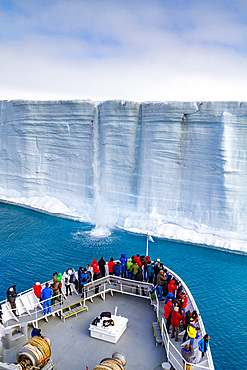
The Lindblad Expedition ship National Geographic Explorer at Austfonna in the Svalbard Archipelago, Norway, Arctic, Europe
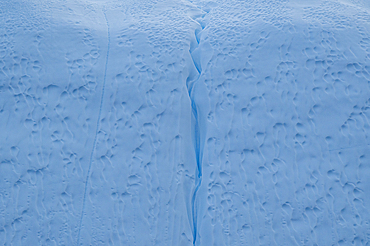
Floating icebergs, Ilulissat Icefjord, UNESCO World Heritage Site, Western Greenland, Denmark, Polar Regions
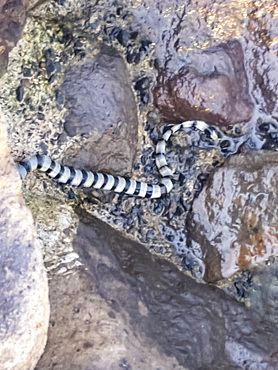
Adult yellow-lipped sea krait (Laticauda colubrina) snake, coming ashore at night on the Volivoli Resort grounds on Viti Levu, Fiji, South Pacific, Pacific
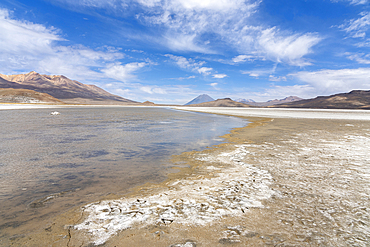
El Misti and Chachani volcanoes seen from salt flats of Salinas y Aguada Blanca National Reserve, Arequipa Region, Peru, South America
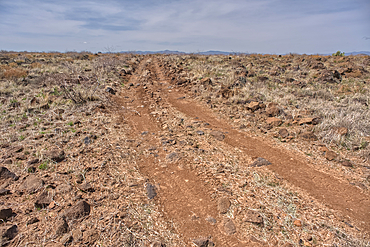
A primitive road in the Agua Fria National Monument that branches off from Forest Service Road 9023 near Silver Creek Canyon Arizona
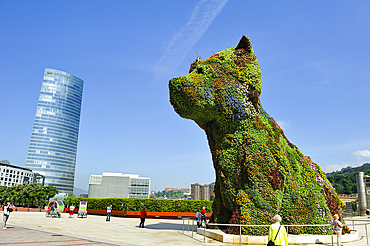
Puppy works by Jeff Koons, Guggenheim Museum, Bilbao, province of Biscay, Basque Country, Spain, Europe
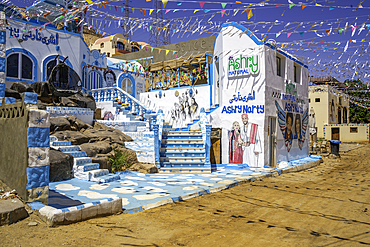
View of colourful architecture at Nagaa Suhayl Gharb on the Nile river near Aswan, Aswan, Nubia, Egypt, North Africa, Africa
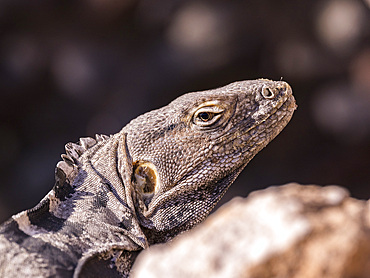
Adult San Esteban spiny-tailed iguana (Ctenosaura conspicuosa), endemic to Isla San Esteban, Baja California, Mexico, North America

Interior of the Gropius Bau, a historic exhibition hall renowned for its grand arches, Berlin, Germany
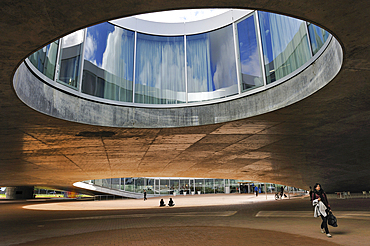
Rolex Learning Center, hub for Ecole Polytechnique Federale de Lausanne (EPFL), architects SANAA, opened 2010, Lausanne, Vaud, Switzerland
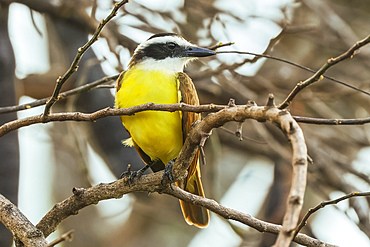
Great kiskadee (Pitangus sulphuratus) a large colorful tyrant flycatcher, common in the Pacific North, Esperanza, Nosara, Guanacaste, Costa Rica
